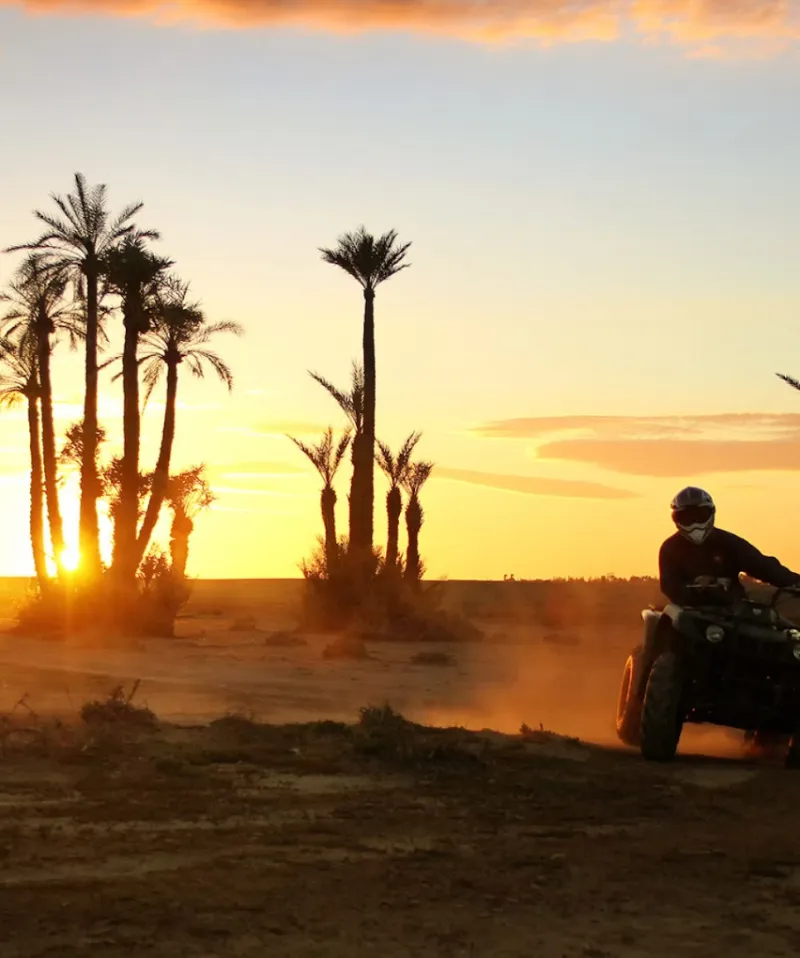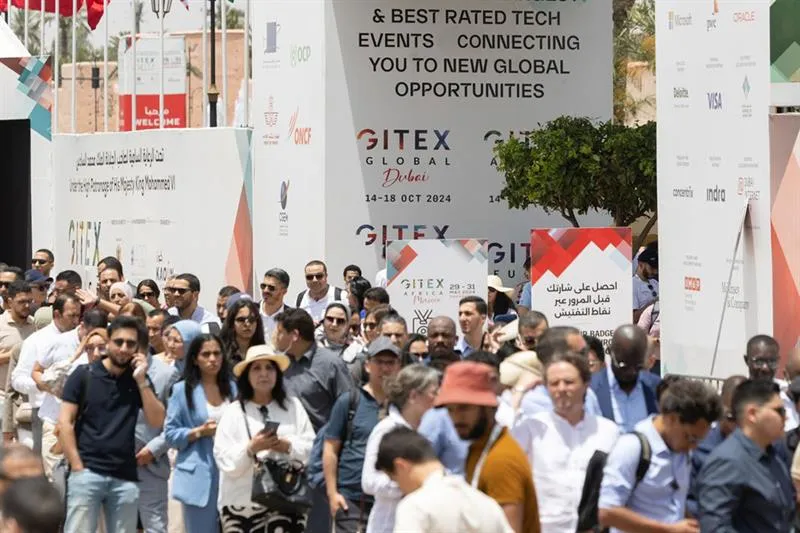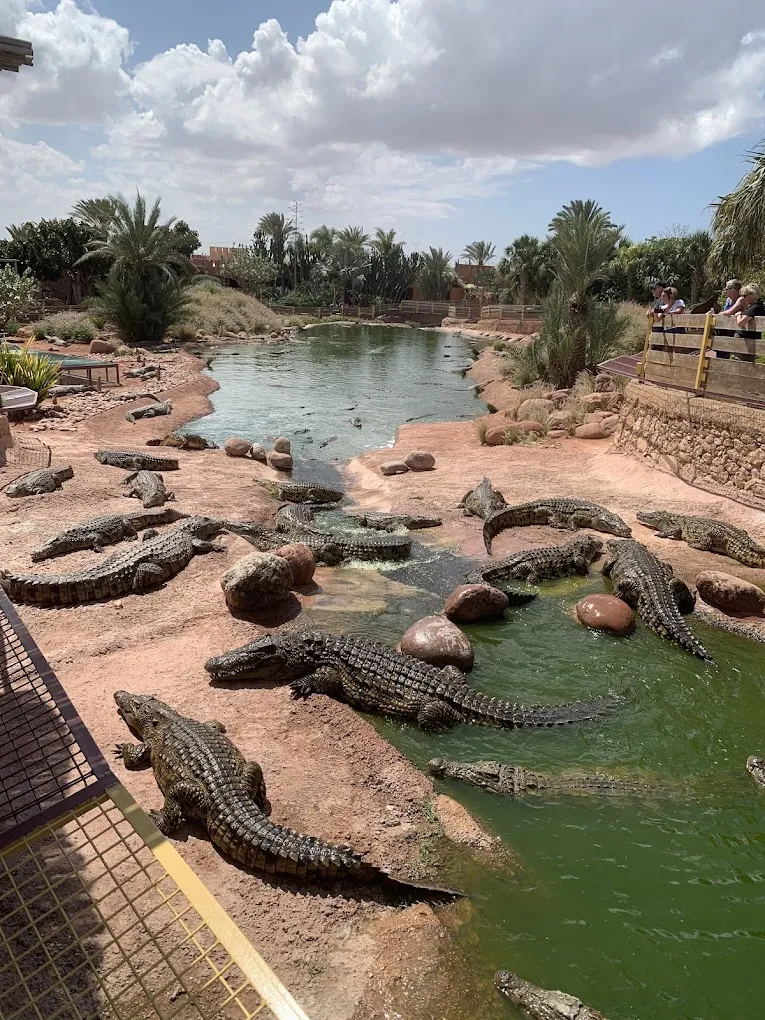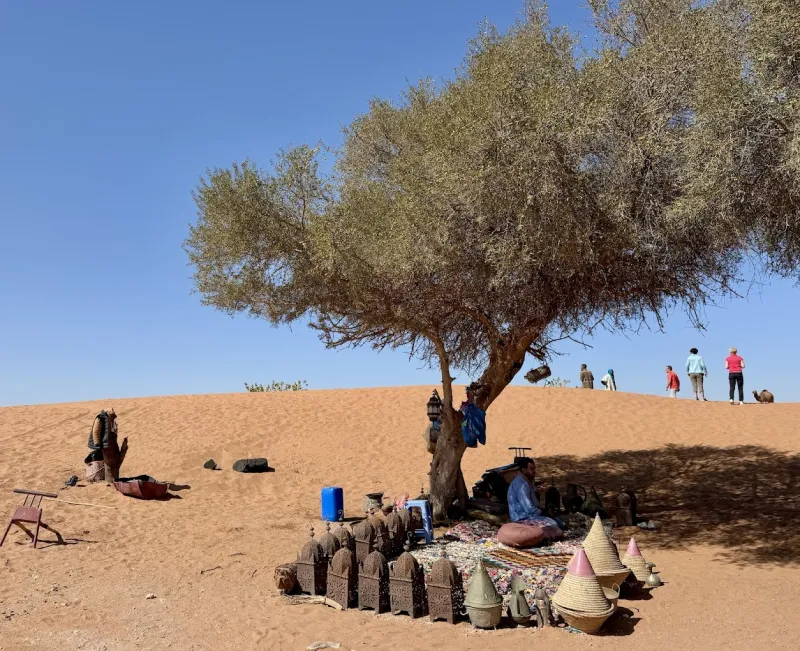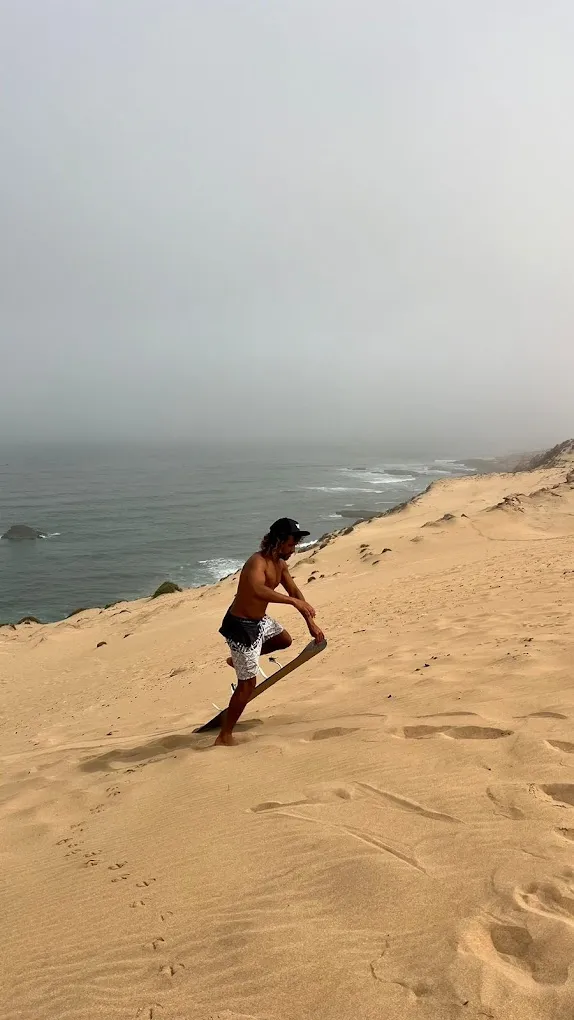Jemaa El Fna: The Vibrant Heartbeat of Marrakech
11 Mar 2025Marrakech, one of Morocco's most iconic cities, captures the spirit of the nation through its vibrant medinas, historic architecture, and buzzing cultural atmosphere. At the heart of this iconic city lies Jemaa el Fna, a bustling square that's far more than just a marketplace—it's an experience, a sensory delight, and a cultural spectacle recognized worldwide.
Introduction to Jemaa el Fna
Jemaa el Fna, translated as "Assembly of the Dead," is Marrakech’s main square, located in the Medina quarter (old city). Designated a UNESCO Intangible Cultural Heritage site, it pulsates daily with the rhythms of Moroccan life. By day, Jemaa el Fna is a lively marketplace and by night transforms into a vibrant festival of lights, sounds, and tastes. It's not just a tourist attraction; it embodies the living soul of Moroccan traditions.
Historical Background
Historically, Jemaa el Fna dates back to the 11th century, founded during the Almoravid dynasty. Initially, it served as an open space for public executions, hence the name referencing "the assembly of the dead." Over centuries, its purpose evolved from a grim public arena into a vibrant hub of trade, entertainment, and cultural exchange.
UNESCO acknowledged the square's cultural significance in 2001, declaring it a "Masterpiece of the Oral and Intangible Heritage of Humanity." This recognition highlights its importance as an epicenter of Moroccan culture.
What to See in Jemaa el Fna
Snake Charmers and Street Performers
From early morning, Jemaa el Fna is alive with the mystical sounds of snake charmers playing traditional flutes, enchanting snakes, and crowds alike. While watching these performances, tourists should keep a respectful distance unless prepared to offer tips for photos or interaction.
Storytellers and Folklore
Moroccan storytelling is alive and well here. Storytellers, called "Hakawati," captivate crowds by recounting ancient tales in Arabic and Berber dialects, vividly portraying Morocco’s rich oral traditions. This traditional storytelling is recognized by UNESCO as an Intangible Cultural Heritage, reflecting the depth of Moroccan heritage.
Henna Artists
A popular attraction for visitors, especially women, are the numerous henna tattoo artists around Jemaa el Fna. These artists skillfully apply intricate temporary tattoos, featuring traditional Moroccan and Arabic designs. It's a great way to experience local art, but always confirm prices and clarify designs upfront to avoid misunderstandings.
Acrobats and Musicians
Street acrobats perform impressive stunts that captivate audiences daily, creating an energetic ambiance. Musicians play traditional instruments, bringing rhythm and melody that transform the square into a lively cultural stage.
Culinary Adventures at Jemaa el Fna
Food Stalls
As dusk falls, the square transforms into one of the world's largest open-air dining venues, with hundreds of stalls serving delicious Moroccan dishes. Aromatic smoke fills the air from grills preparing succulent meats, while chefs enthusiastically invite you to taste their offerings.
Popular dishes to try include:
Tagine: Slow-cooked stew, typically with lamb, chicken, or vegetables.
Harira Soup: A flavorful tomato and lentil soup, especially beloved during Ramadan.
Moroccan Couscous: Steamed couscous served with vegetables, chicken, beef, or lamb.
Orange Juice Stands
Freshly squeezed orange juice stalls are iconic to Jemaa el Fna. Moroccan oranges are known for their sweetness and freshness, and grabbing a glass is a delightful way to cool off and rehydrate during your exploration.
Street Food Specialties
Don't miss sampling Moroccan street foods like grilled meats, spiced snails, traditional Moroccan pastries, and the popular "Chebakia," a honey-dipped pastry. Each bite offers a true taste of Moroccan gastronomy.
Shopping in Jemaa el Fna
Surrounding Jemaa el Fna, countless shops and souks sell local Moroccan goods. Visitors can explore diverse handicrafts, from colorful textiles and leather goods to silver jewelry and traditional ceramics. The square is a gateway to the famous souks, including Souk Semmarine and Souk Smarine, where bargaining is both customary and part of the local shopping experience.
Tips for Visiting Jemaa el Fna
Best Times to Visit
The square is vibrant at all hours, but evenings are magical. Around sunset, Jemaa el Fna fills with enticing aromas from food stalls, illuminated by traditional Moroccan lamps and lights.
Safety Tips
While Jemaa el Fna is generally safe, visitors should be mindful of pickpockets. It's recommended to keep belongings secure, avoid displaying valuables openly, and politely decline persistent vendors if not interested.
Bargaining Etiquette
Negotiating prices is standard in Moroccan souks. Start with half the asking price and bargain politely—it's part of the experience, and vendors expect negotiation.
Nearby Attractions
Koutoubia Mosque
Just steps away from Jemaa el Fna, the majestic Koutoubia Mosque stands tall. Its minaret is visible from nearly every corner of Marrakech, providing a serene contrast to the bustling square.
Marrakech Medina
Adjacent to Jemaa el Fna is Marrakech’s historic Medina, a UNESCO World Heritage site, famous for narrow alleys, vibrant souks, and stunning architecture. Exploring these winding alleys provides insights into authentic Moroccan life.
Bahia Palace
Within walking distance is the magnificent Bahia Palace, showcasing traditional Moroccan architecture and intricate tilework. Visitors can admire the elegance of Moroccan craftsmanship and historical design.
Best Time to Visit Marrakech & Jemaa el Fna
The optimal time to visit Marrakech and Jemaa el Fna is spring (March-May) and autumn (September-November). Temperatures are pleasantly warm, perfect for exploring the city comfortably.
Summer can be extremely hot, often exceeding 40°C, while winters remain mild, ideal for sightseeing without intense heat.
Accommodation Near Jemaa el Fna
Visitors can choose from numerous accommodations around Jemaa el Fna, ranging from budget-friendly hostels to luxurious riads and boutique hotels. Staying nearby ensures you're within walking distance of Marrakech’s main attractions.
How to Reach Jemaa el Fna
By Taxi
Taxis are abundant in Marrakech. Clearly agree upon a fare before the ride, as meters aren't always used.
Walking
Many accommodations in Marrakech are within walking distance. The medina area is best explored on foot, offering a chance to experience authentic Moroccan street life.
By Bus
Marrakech has a convenient public transport network. The main bus lines stopping near Jemaa el Fna include lines connecting from central points across Marrakech.
Hi, I'm Camila Elise. I'm a passionate writer and design enthusiast at rents.ma, blending modern insights with the timeless elegance of Moroccan culture. Join me as I explore innovative ideas to transform your living space into a true reflection of your style.
